Choosing threads for beads

Nowadays, beadwork is gaining immense popularity among both experienced craftsmen and novice needlewomen. Beautiful beads, eye-catching pearls and bright bugles by themselves will not be able to stay in the product, so it is necessary to choose a good working material for this purpose. It can be a special wire, fishing line, various types of synthetic threads. Each of these materials has unique characteristics in the workflow.
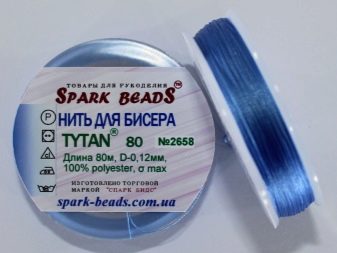

Peculiarities
If you want to create a beautiful and creative product, then you simply cannot do without special threads for working with beads, you cannot use usual sewing threads here.
The main positive features of special threads.
-
With their help, the future product comes out complete, the image and its shape are not distorted.
-
Such threads will not twist or break when working with beads or glass beads with sharp edges.
-
They help to work comfortably for many hours.
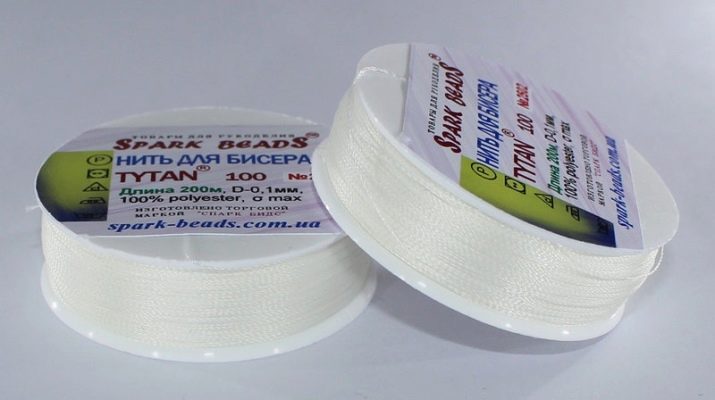
This thread will not be visible in the finished product. The threads are coated with a special composition for greater strength, while not weighing them down at all. Such a thin and almost invisible thread will hold the shape of any product well for a long time, without deformation or stretching.
This is very important if you are making stylish bracelets, luxurious brooches and other jewelry that must be worn at all times.


Views
Monofilament
In appearance and structural data, it is very similar to ordinary fishing line. The main features can be considered the absence of any creases during work, as well as maximum convenience.
Pros:
-
perfect smoothness of the thread, because of this, the beads glide along it perfectly;
-
does not form refractions;
-
the cut will not fluff, it will just pass into the eye of a special needle;
-
will not break down into fibers;
-
increased strength, which guarantees a long wear period of any product;
-
it will be easy to take the required form.


Minuses:
-
it is very difficult to create a knot due to a too smooth surface.
Lavsan thread
Perfect for embroidering icons, as well as for working with large beads. Will not tighten the selected fabric, will not weaken after several washes.
Pros:
-
easy to cut;
-
stretches perfectly;
-
you can choose different thickness of the thread;
-
a large selection of colors;
-
natural type material;
-
perfectly slides inside the bead.


Minuses:
-
it is difficult to thread a needle - the cut edge fluffs up strongly.
Silk thread
This material is best purchased for embroidering small items.
It will simply perfectly connect very small beads and will be able to secure them as reliably as possible on any canvas.


Pros:
-
superbly stretches;
-
very thin and therefore almost invisible in the product;
-
will not unwind;
-
provides perfect glide inside the beads;
-
perfectly cut.
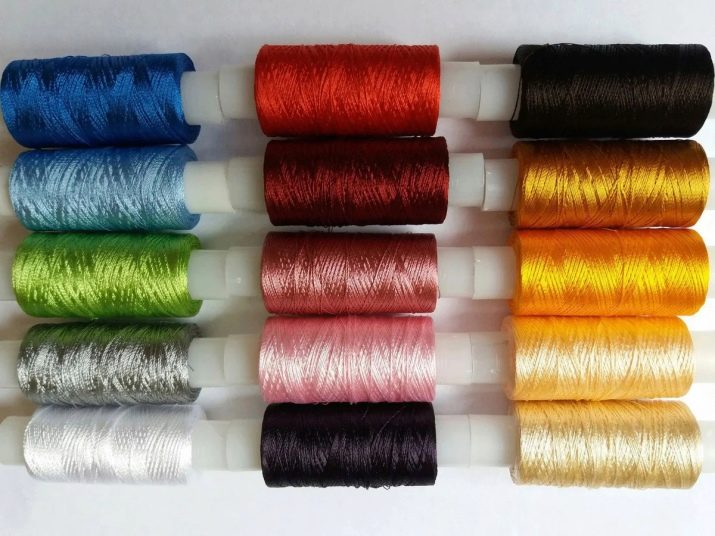
Minuses:
-
not very high strength, so the operation of such a product will not be too long.
Nylon thread for weaving
The nylon thread is characterized by increased strength, it will perfectly hold any shape and will not break.
Pros:
-
maximum strength, you can choose a suitable thickness;
-
stretches perfectly, will not burst under strong tension;
-
smoothness.
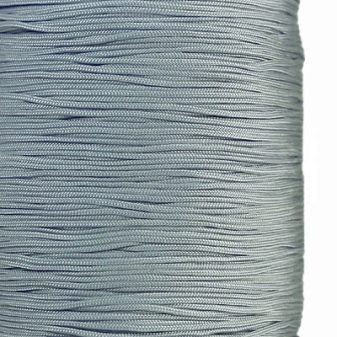

Minuses:
-
can strongly unwind and disintegrate into fibers at the cut;
-
may damage the entire product due to contact with water.
Nylon thread
This working material is best chosen for embroidery and weaving of those elements that do not need serious reinforcement.
Pros:
-
due to its lightness, it will not weigh down the future craft;
-
superbly stretches;
-
easy to make a knot and add thread if necessary;
-
an excellent solution for working with very small beads, since the thread is practically invisible in the product.


Minuses:
-
allergy to the material if there is a propensity.
Polyester thread
This material will be characterized by enviable strength and 100% absence of stretching.
Pros:
-
the edge will not crumble, it is easy to thread it through a needle;
-
will not spin during operation and will not delaminate into fibers.
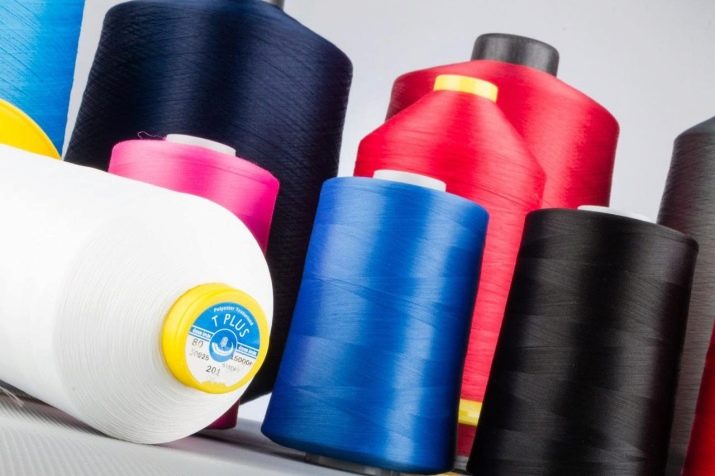
Minuses:
-
there is practically no choice of colors, only basic tones are available.
Silicone thread
Quite elastic and durable. Transparent and inconspicuous in the finished product. To secure the weaving, it is enough to tie the thread with a knot.
Pros:
-
elasticity;
-
practicality.
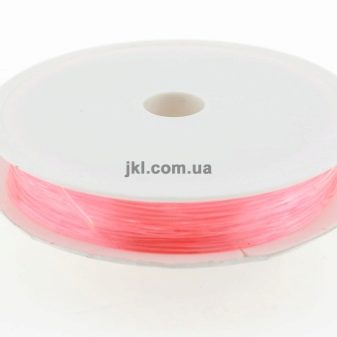

Disadvantages:
-
a knot may come loose if it is not firmly fixed.
How to choose?
The huge possibilities of choosing such a working material can actually puzzle even a very experienced craftsman, so you need to know the basic rules for choosing a thread for full-fledged work with any kind of beads.

It is better to answer the following important questions.
-
Should your garment stretch perfectly? When you need to keep your garment in shape, it's best to choose the toughest and most resilient materials like polyester or monofilament. If you need the whole product to be as elastic as possible and stretch perfectly, but at the same time keep its shape, then you should choose nylon.
-
What kind of beads do you want to work with? If the beads are large, then the thread should be selected appropriately in order to securely fix the large beads in a suitable position. If, when working with small beads, you choose a large thread, then it will be noticeable in any miniature product. And also a lot will depend on whether you choose a thread for embroidery or you still need it for beading.
-
Range of colors - it is better to choose a thread that is as inconspicuous as possible, it is best to match the beads themselves or a little lighter.
-
How long would you like to wear the item? If you are making a picture, then you do not need to use a hardened thread, but if you are weaving a stylish bracelet, then its strength will come first.
-
Next comes the question of cost... The more expensive you buy a thread, the better quality characteristics it will have. You should always consider the purpose for which a particular thread you will be applying.
With full-fledged embroidery, as well as when creating decorative elements, the thread can be used differently, depending on what kind of effect you want to get from the product.






